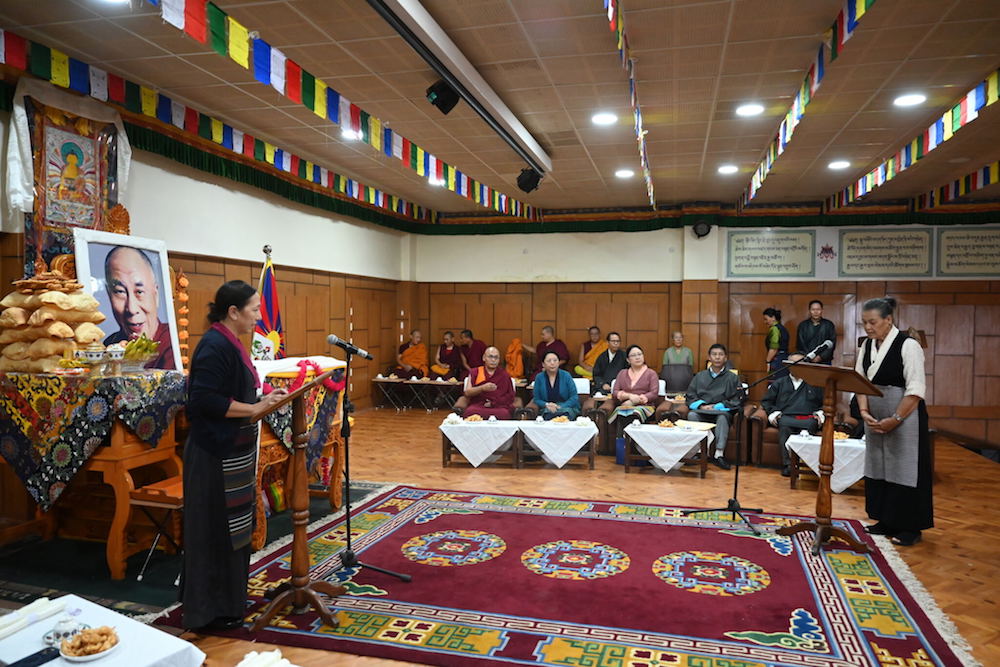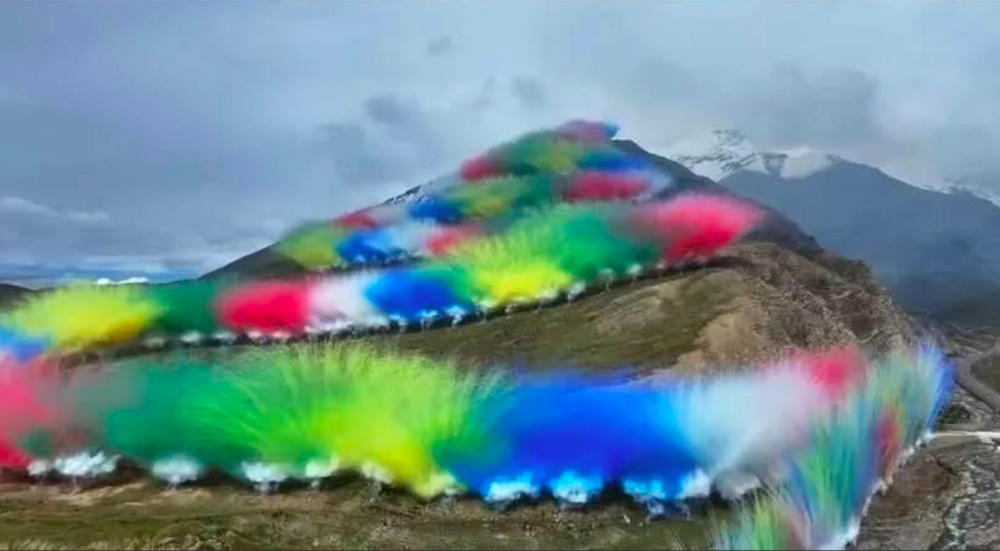Tenzin Nyidon
DHARAMSHALA, July 11: A massive glacial lake outburst in Tibet’s Kyirong County has triggered a devastating flood that surged into northern Nepal this week, leaving a trail of destruction in its wake.
The incident, which occurred on July 8, originated from a supraglacial lake situated at an altitude of 5,150 meters in Tibet’s Kyirong County, where a permafrost collapse is suspected to have caused the lake’s rupture. Satellite imagery analyzed by the International Centre for Integrated Mountain Development (ICIMOD) and Nepal’s Department of Hydrology and Meteorology confirmed a sudden and significant drainage event—a classic Glacial Lake Outburst Flood (GLOF). The lake’s surface area visibly shrank from 0.75 square kilometers to 0.61 square kilometers, triggering a deluge that cascaded down the Bhote Koshi River, known locally as the Bhotekoshi.
The flood surge battered Nepal’s Rasuwagadhi region, a vital trade gateway between Nepal and China, destroying bridges, inundating roads, and causing severe infrastructural damage. Among the worst-hit infrastructures were the Friendship Bridge, which connects Nepal with Tibet, and the Rasuwagadhi hydropower plant, a critical electricity provider for the region. Several customs and immigration facilities at the border were also washed away, halting bilateral trade and leaving hundreds of vehicles stranded or destroyed.
According to the Chinese state media, a total of 250 people were evacuated from Kyirong County, including 46 local residents, 90 Nepalese workers and traders, 61 construction workers, and 2 tourists. Chinese state media earlier claimed the 46 displaced individuals were from Nepal’s Rasuwa village, although later reports clarified they were residents on the Chinese side of the border.
In Tibet, at least 11 people remain missing, while in Nepal, six Chinese construction workers are unaccounted for, in addition to 19 missing Nepalese, according to Nepalese authorities.
Access to the affected region remains severely restricted. Around 100 metres of the road to Kyirong Port is submerged under two metres of water, stalling relief and rescue operations. In Nepal’s Rasuwagadhi–Timure corridor, floodwaters and debris have buried vast areas, cutting off roads and crippling infrastructure.
More than 1,100 metres of roadway across ten locations have been damaged, and four hydropower plants have suffered extensive destruction. Electricity, internet, and telephone connectivity have remained disrupted since the morning of the disaster. The local dry port, a vital logistics hub, has also been rendered inoperable, with recovery efforts hampered by the lack of access for heavy machinery.
Environmental experts and scientists have raised an alarm over the increasing frequency and intensity of glacial lake outbursts in the Himalayan region, attributing it to the accelerating impact of climate change. As glaciers retreat, meltwater accumulates in unstable lakes perched precariously at high elevations, threatening downstream communities. The Hindu Kush-Himalaya region, in particular, has seen a surge in such disasters in recent years, with this being the third GLOF in just two months, underscoring the urgent need for adaptation and early warning systems.
“This tragic event is yet another reminder that the high mountains of Asia are becoming ground zero for climate-induced disasters,” said a spokesperson from ICIMOD. “Unless regional governments prioritize glacier monitoring, early-warning infrastructure, and climate-resilient development, these disasters will continue to escalate.”










